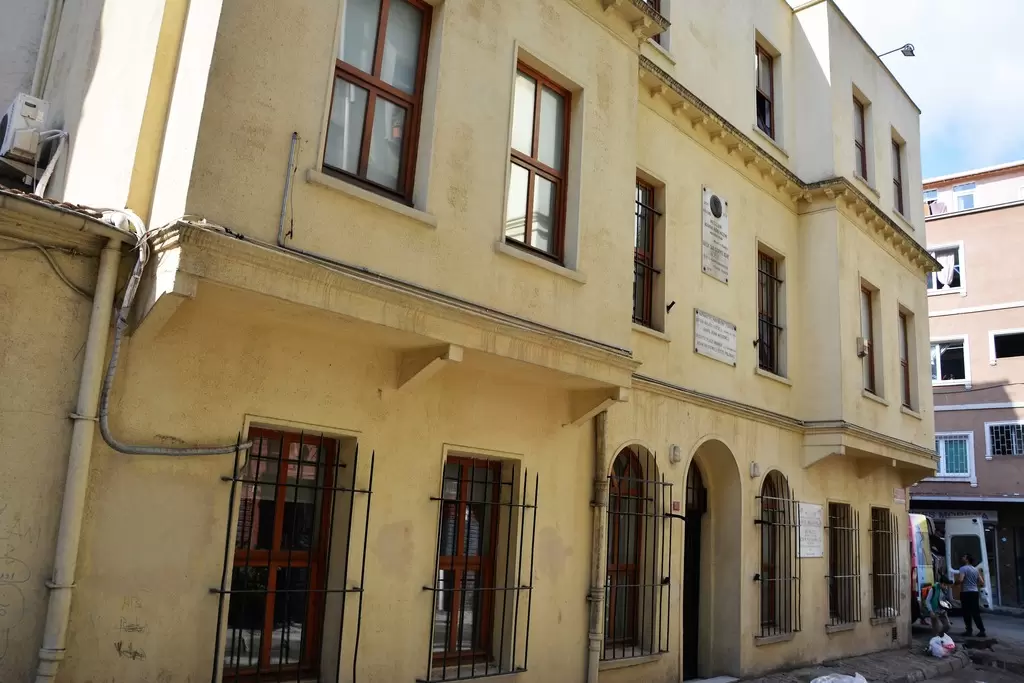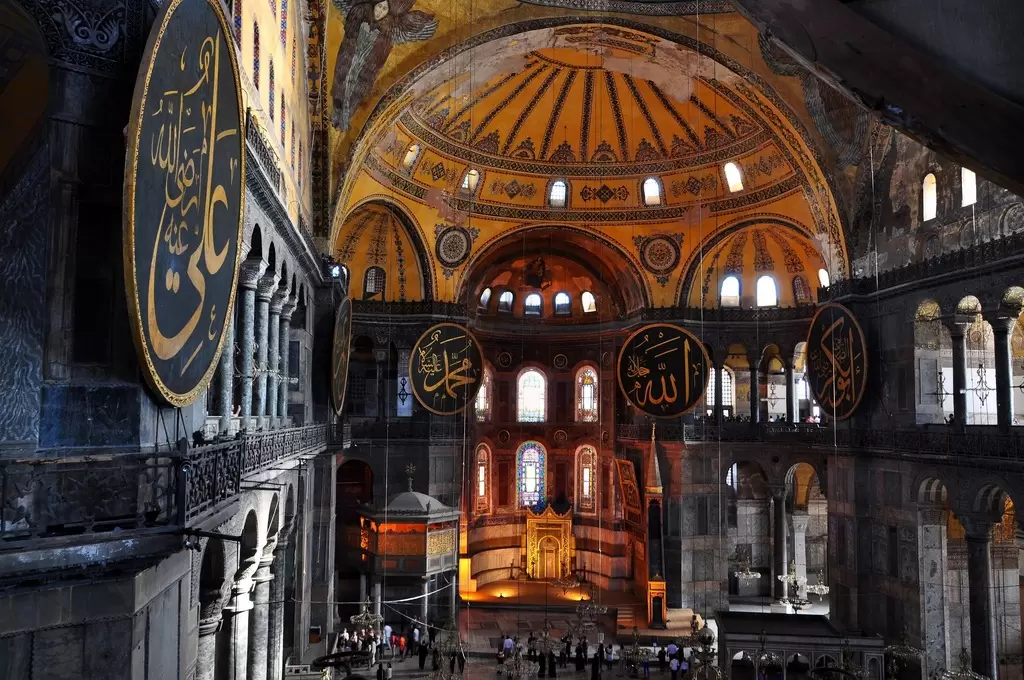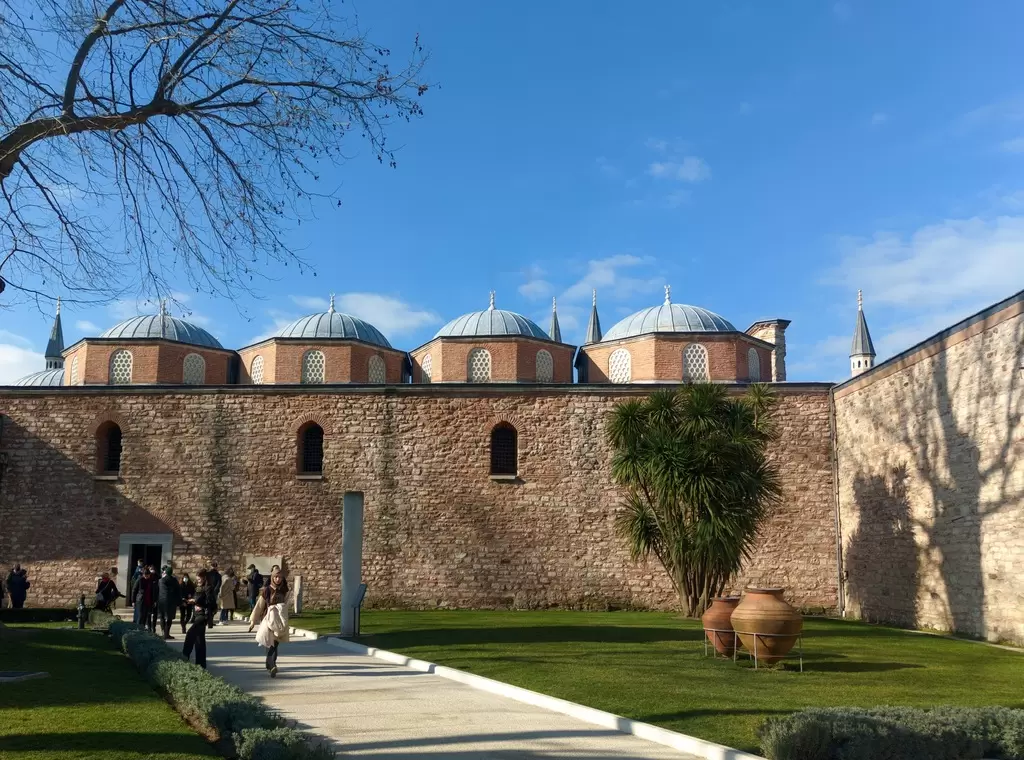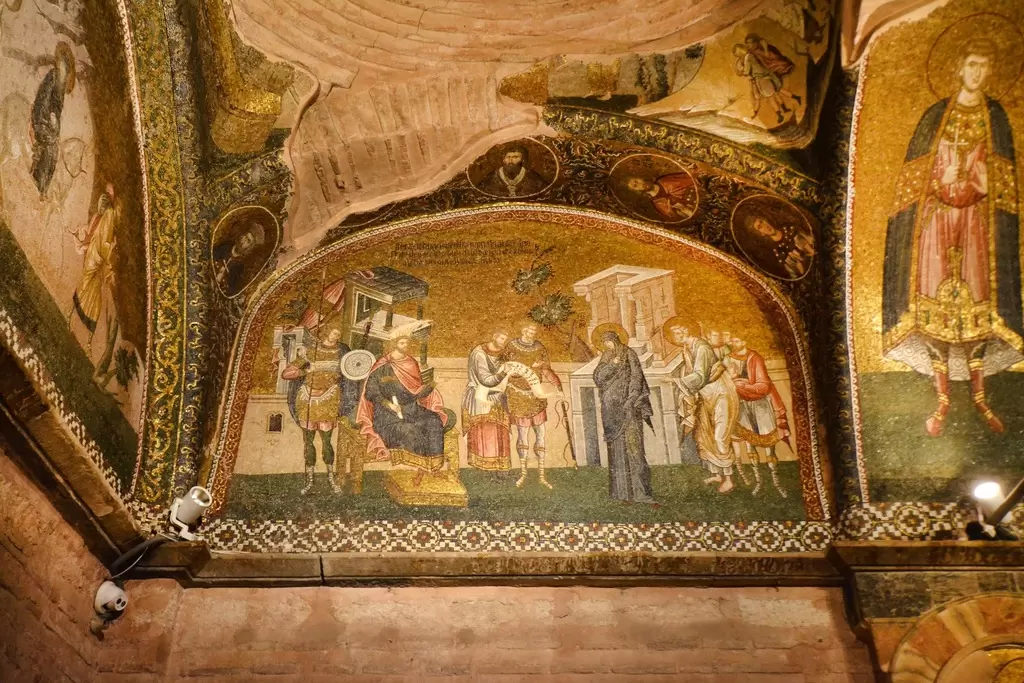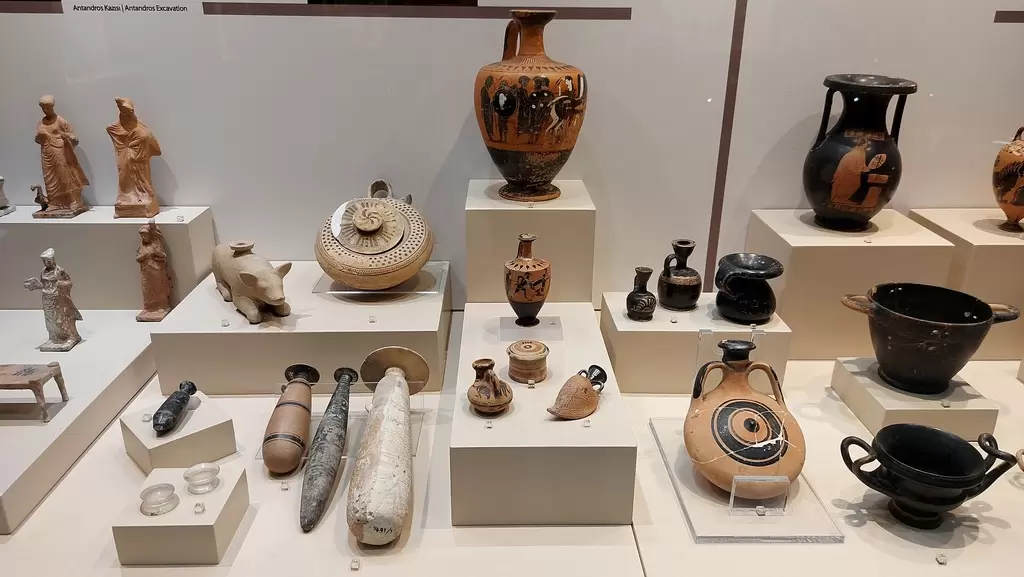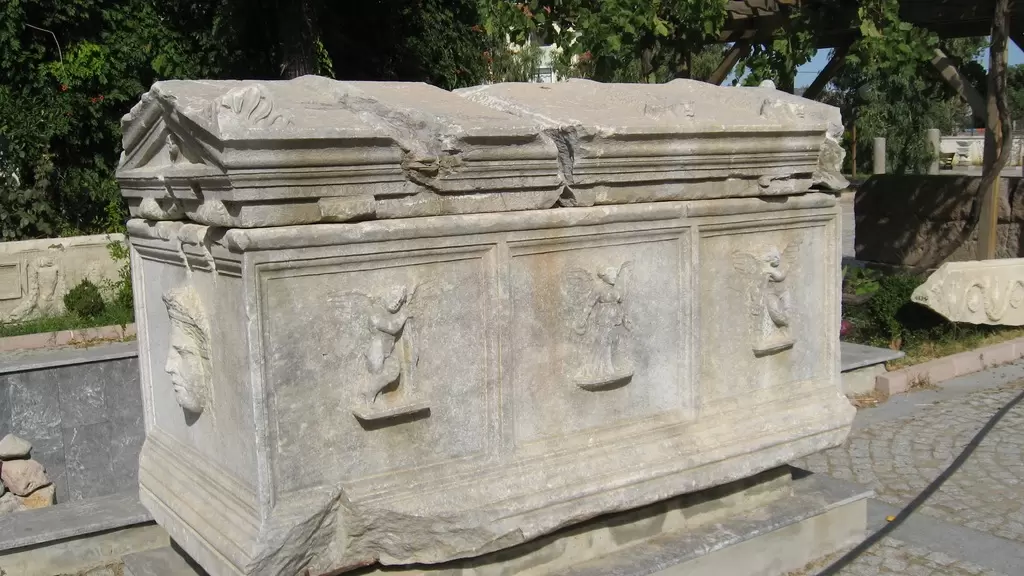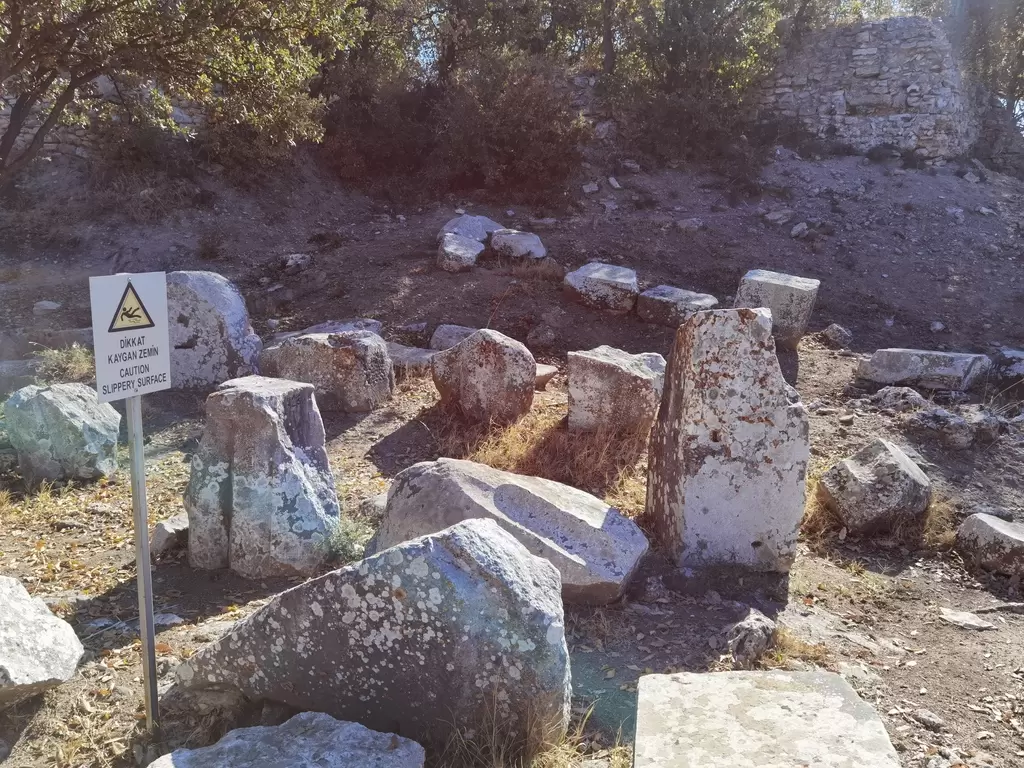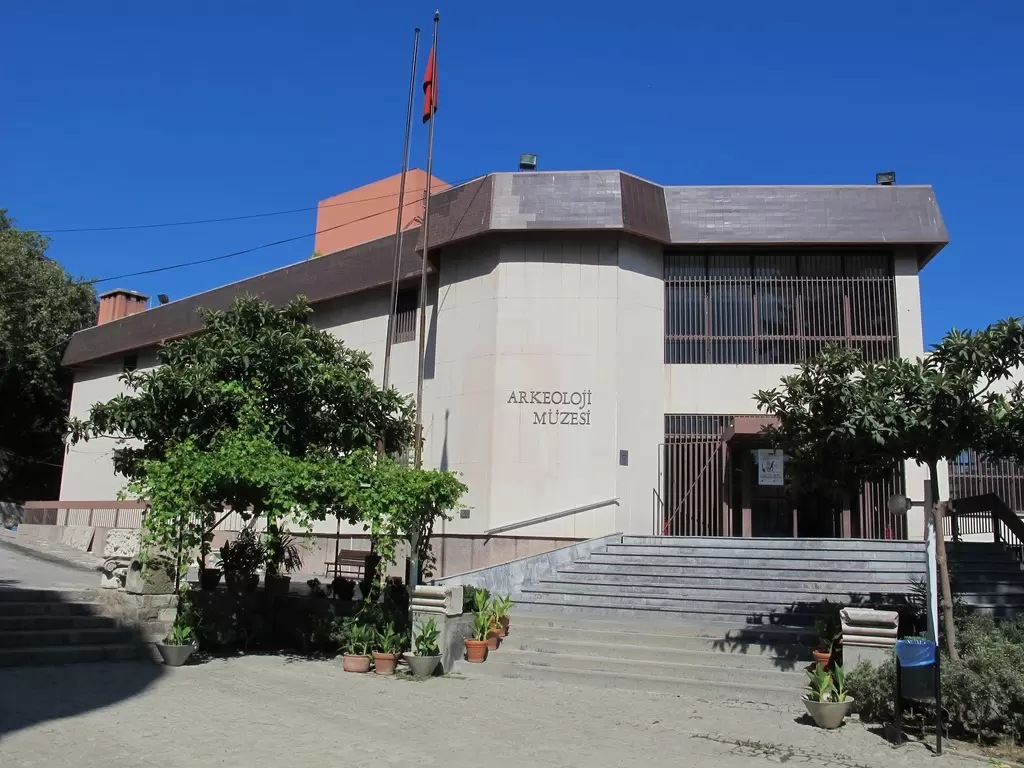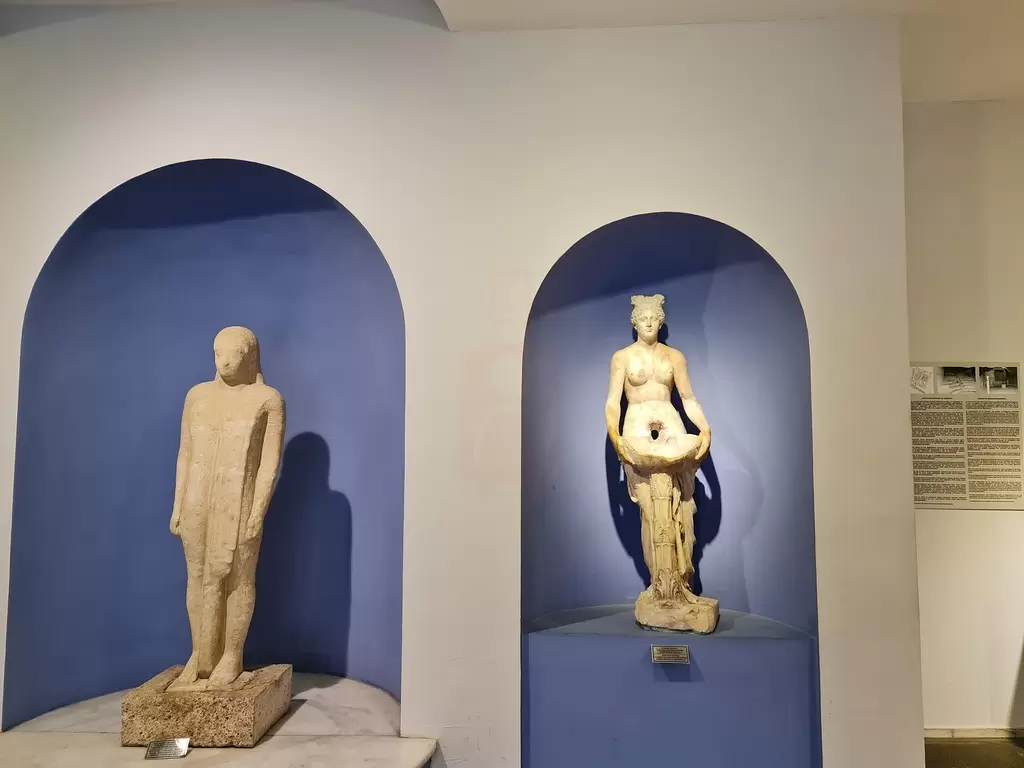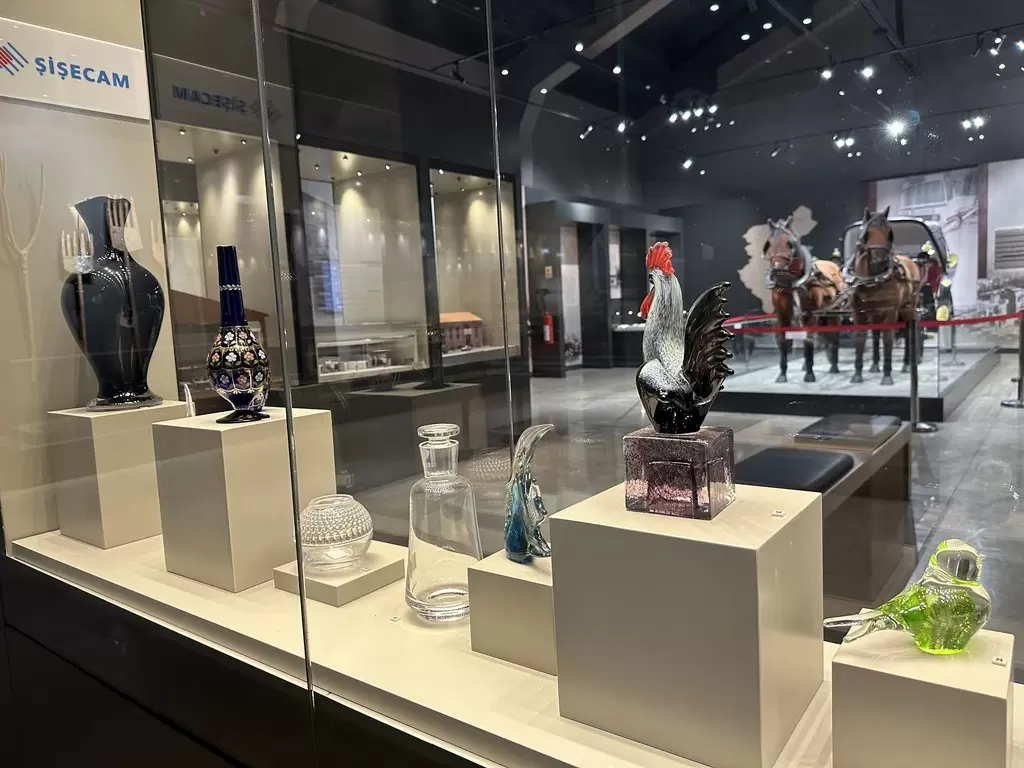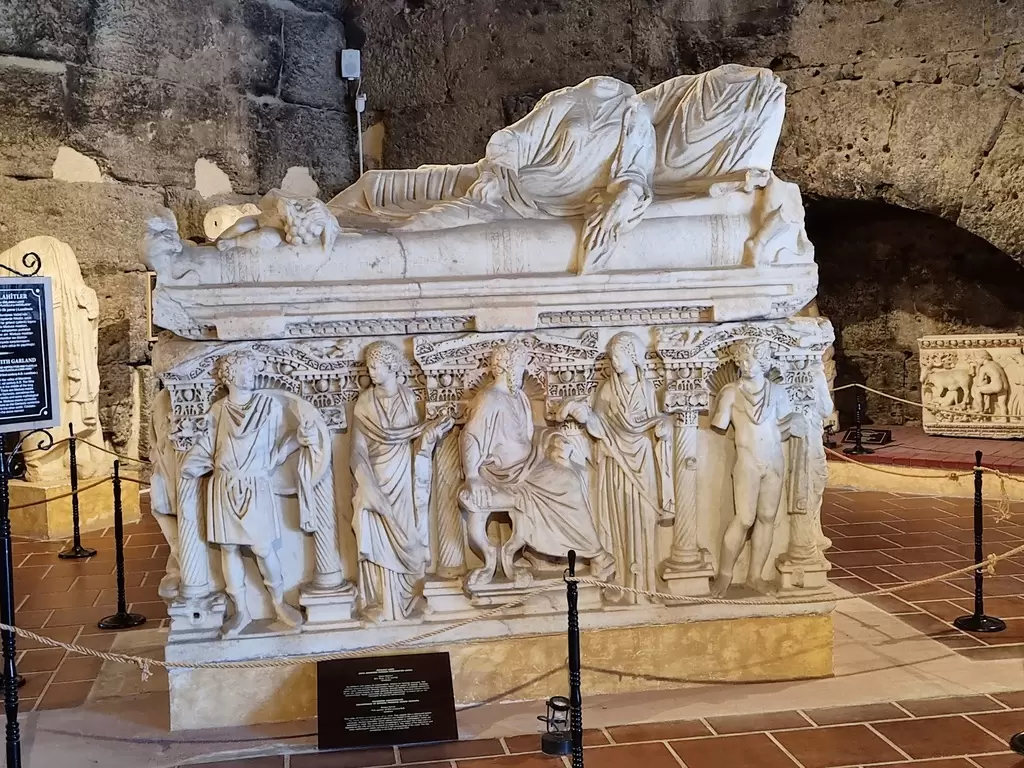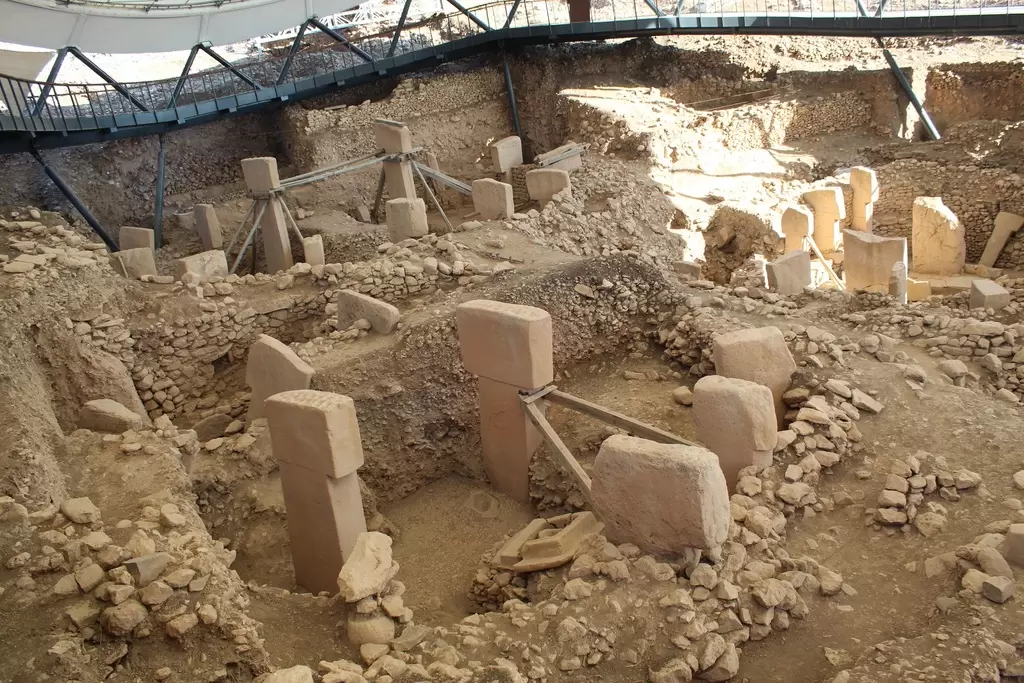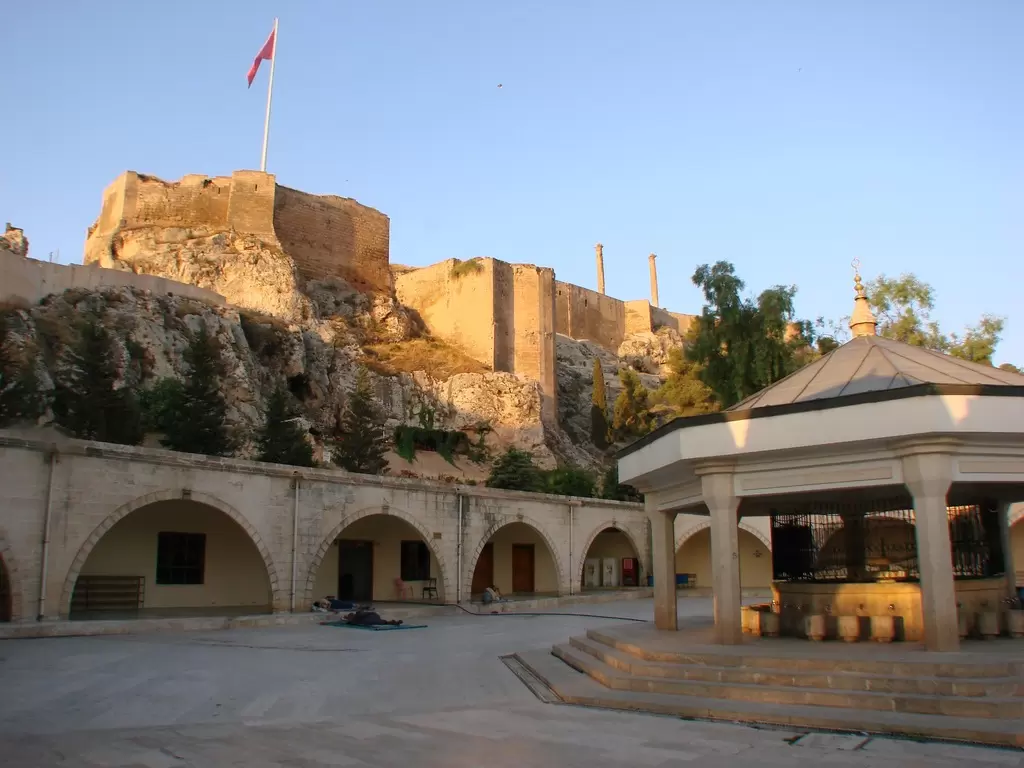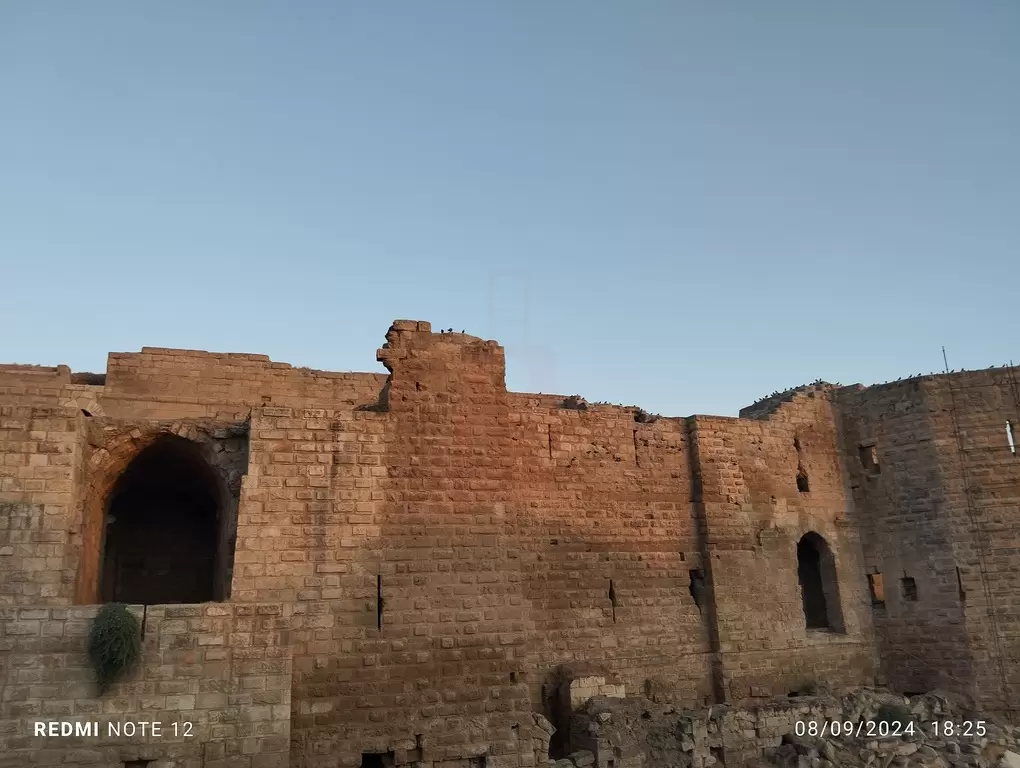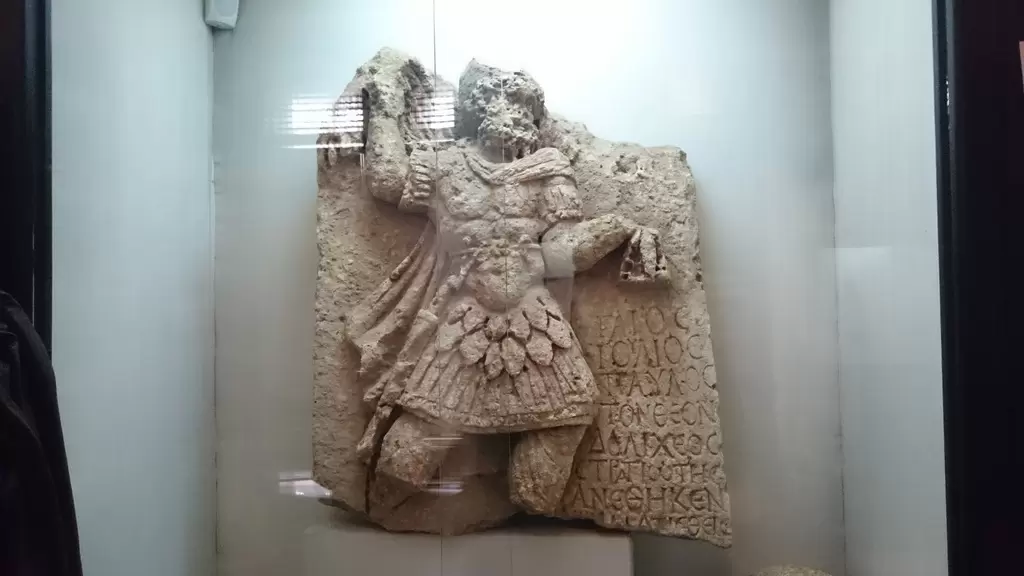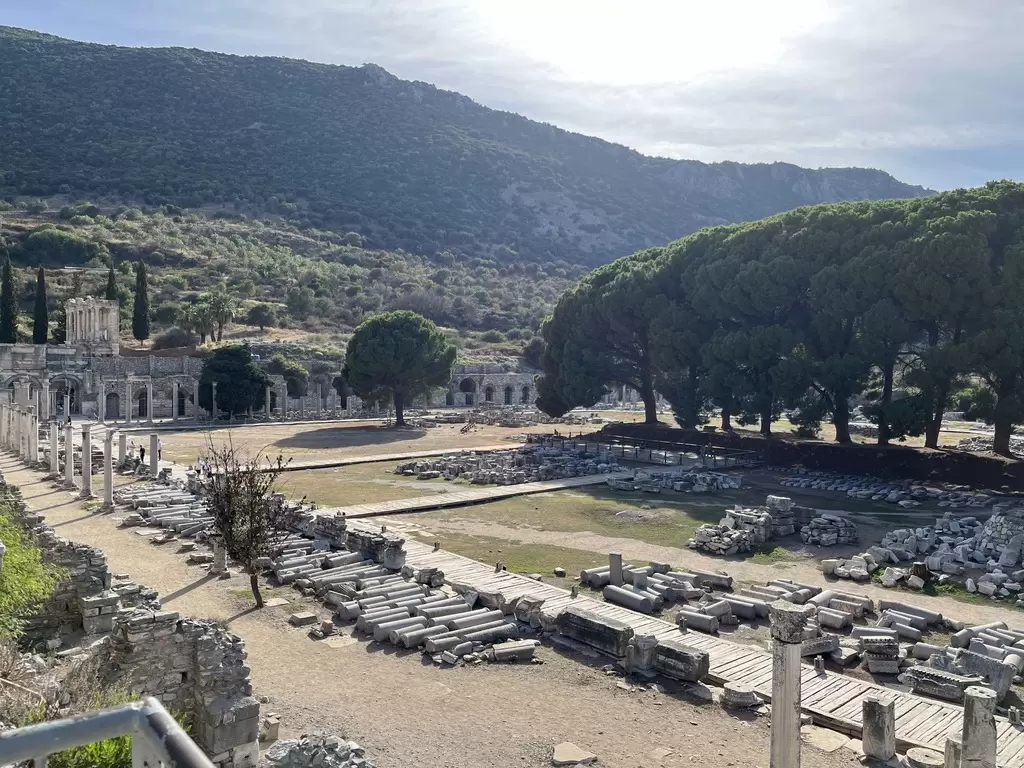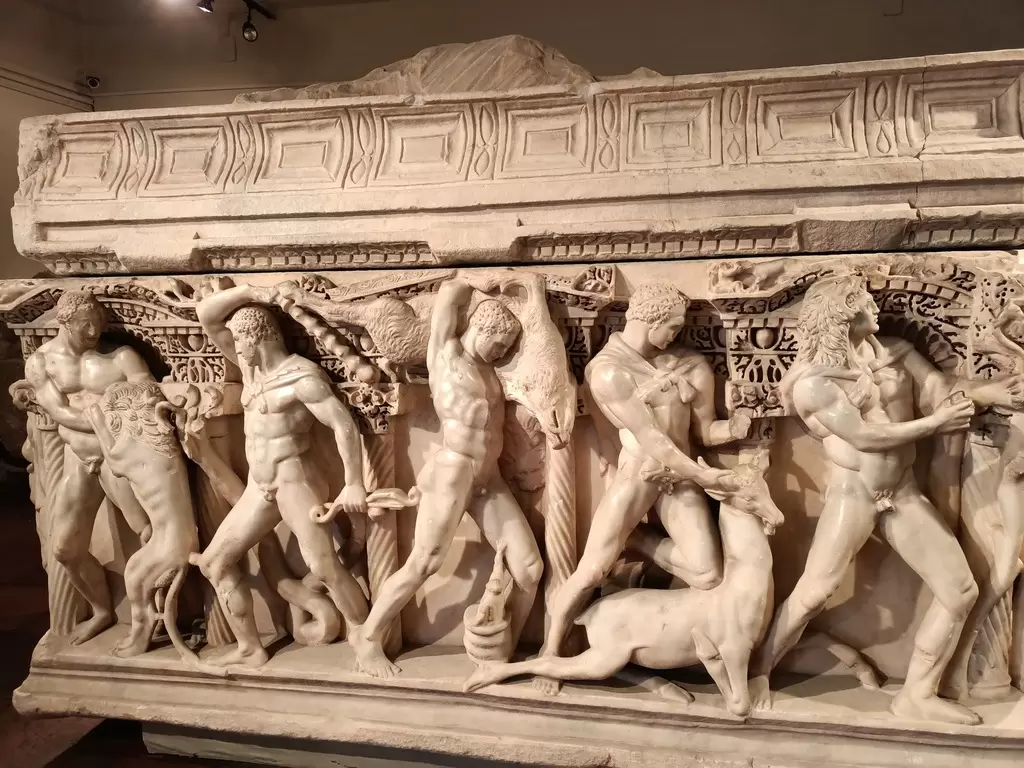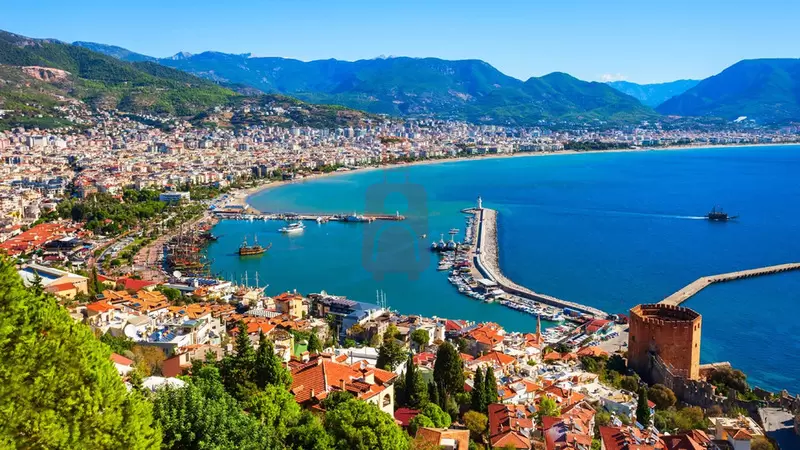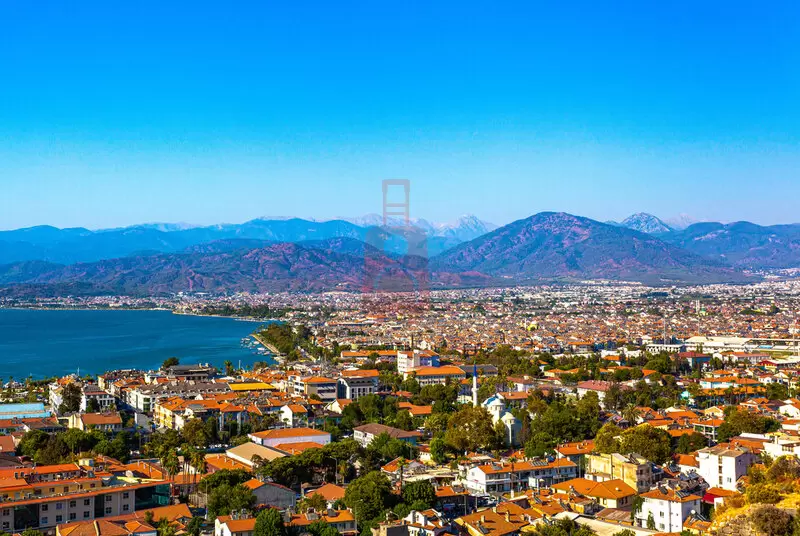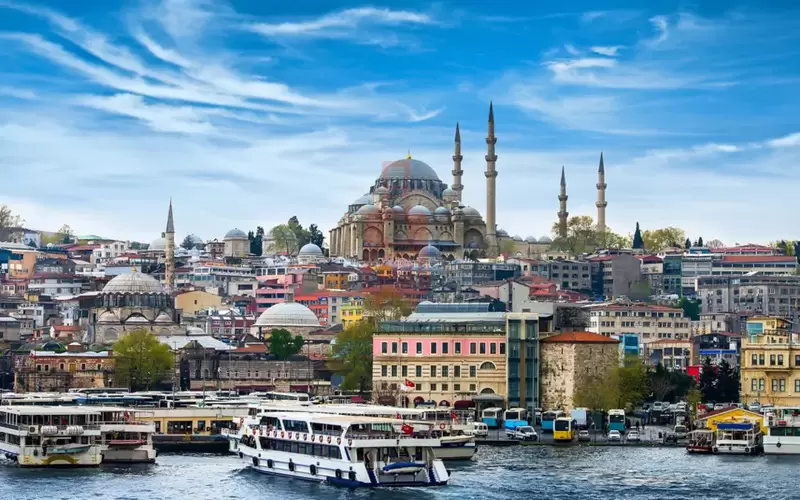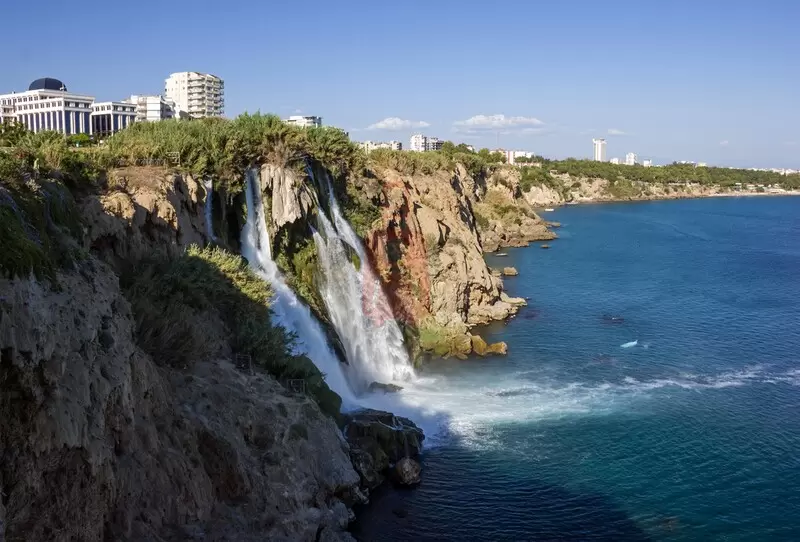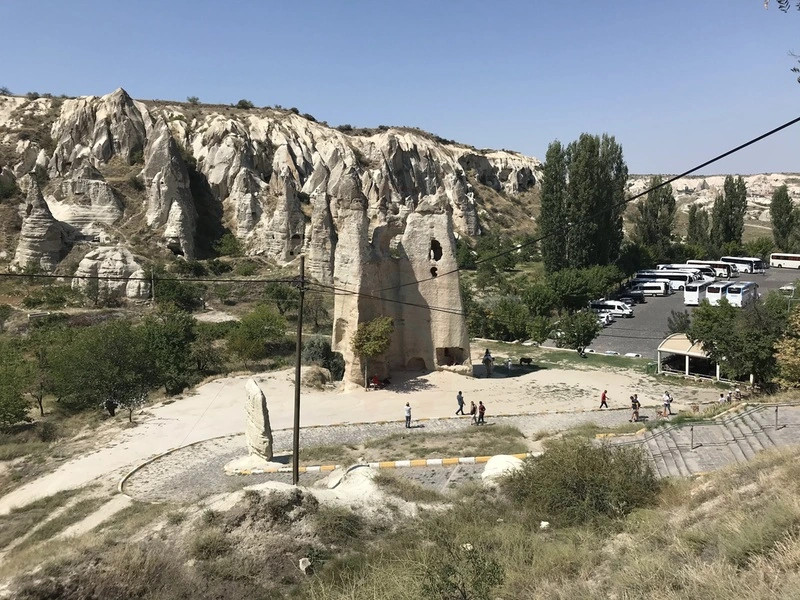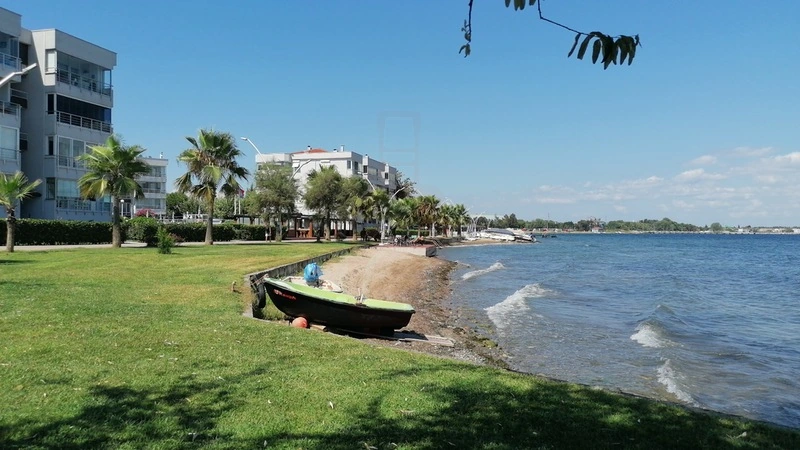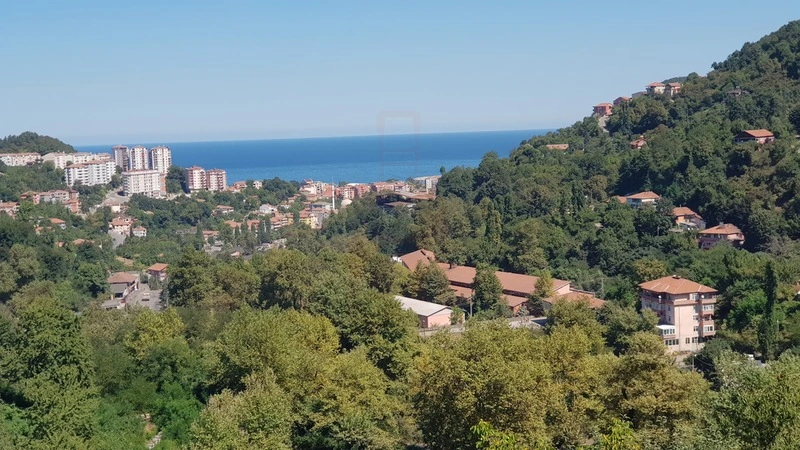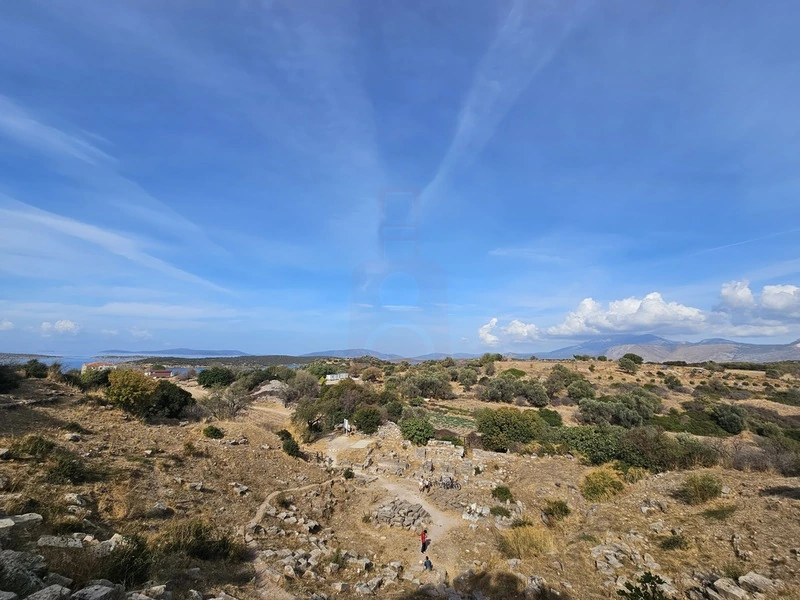Historical Tours in Türkiye: Tracing the Footsteps of Empires and Civilizations
Türkiye, a land bridge connecting East and West, is a vast, open-air museum where over 10,000 years of recorded human history are etched into the landscape. This nation has been the cradle, battlefield, and capital for nearly every major civilization, from the Hittites and Greeks to the Romans, Byzantines, Seljuks, and Ottomans. A [Historical Tour] in Türkiye is not merely a sightseeing trip; it is an immersive, chronological journey through the foundational narratives of the world. With multiple sites holding the prestigious UNESCO World Heritage designation, every region promises a profound connection to the past.
For the professional traveler and history enthusiast, this detailed guide highlights the essential historical circuits, revealing where to find the most significant archaeological and architectural treasures, ensuring an unforgettable and comprehensive historical experience.
The Imperial Crossroads: Istanbul and the Marmara Region
The historical heart of any Turkish tour must begin in [Istanbul], a city unique in its millennia-long role as an imperial capital. Its [Historical Peninsula] is a compact treasure trove of Roman, Byzantine, and Ottoman magnificence.
Istanbul: Capital of Three Empires
A visit to [Sultanahmet Square] places you at the epicenter of history. Here stand monumental rivals: the majestic [Hagia Sophia], a marvel of Byzantine engineering and spiritual ambition, instantly juxtaposed with the graceful minarets of the [Blue Mosque] (Sultanahmet Mosque), an Ottoman architectural triumph. Nearby, the [Topkapi Palace] offers a deep dive into Ottoman governance and harem secrets, while the [Basilica Cistern] provides a stunning, eerie glimpse into Roman engineering beneath the modern city.
Beyond the peninsula, explore the massive [Theodosian Walls], which once defended Byzantium for over a thousand years, and visit the serene [Chora Church] (now Kariye Mosque), famed for its stunning late Byzantine mosaics that narrate Christian parables with vibrant detail. The city acts as a perfect introduction, showing the direct transitions of power, culture, and architecture across epochs.
Bursa and Çanakkale: Ottoman Origins and Ancient War
South of Istanbul, [Bursa], the first capital of the Ottoman state, offers a quieter, more spiritual exploration of the empire's founding culture. Sites like the [Great Mosque] (Ulucami), the Yeşil Külliye (Green Complex), and the nearby [Cumalıkızık Village] (a UNESCO site) preserve the simplicity and architectural style of the early Ottoman period.
Further west, [Çanakkale] provides a powerful link to both ancient and modern history. Explore the legendary [Ancient City of Troy] (a UNESCO World Heritage site), site of the Trojan War and the enduring myth of the Trojan Horse. Just across the Dardanelles strait lies the [Gallipoli Peninsula], a site of profound modern historical significance, where the [Çanakkale Martyrs' Memorial] commemorates the immense sacrifices made during World War I.
The Aegean Circuit: Hellenistic and Roman Grandeur
The Aegean coast of Türkiye is the richest ground for classical antiquity, preserving some of the finest ruins outside of Italy and Greece.
Ephesus: The Best-Preserved Metropolis
Located near [İzmir], the [Ancient City of Ephesus] (a UNESCO World Heritage site) is perhaps the most spectacular classical site in the country. This former bustling Roman metropolis showcases incredible structures like the iconic [Celsus Library] facade, the vast [Great Theatre] (seating 25,000), and the luxurious [Terrace Houses], which offer intimate details of wealthy Roman life. Ephesus is also significant in religious history, hosting the [House of the Virgin Mary] and the site of the [Temple of Artemis], one of the Seven Wonders of the Ancient World.
Pergamon and Hierapolis: Culture and Healing
The nearby [Bergama] (Pergamon) (a UNESCO World Heritage site) was a dominant cultural and political center of the Hellenistic age, famous for its steep [Acropolis] and the [Asclepieion], an ancient medical center dedicated to the god of healing. Southeast, [Denizli] is home to [Pamukkale and Hierapolis] (a UNESCO Mixed Heritage site). While Pamukkale's white travertines are a natural wonder, the adjacent [Hierapolis Ancient City] served as a major Greco-Roman thermal and spiritual center, featuring a magnificently preserved Roman theatre and extensive necropolis.
Eastern and Southeastern Journeys: Tracing the Dawn of Civilization
For history that delves into prehistory and the deepest roots of civilization, the southeastern and central Anatolian plateau is unmatched.
Göbeklitepe and Şanlıurfa: Prehistory Unveiled
The discovery of [Göbeklitepe] (a UNESCO World Heritage site) near [Şanlıurfa] revolutionized our understanding of human history. Dating back nearly 12,000 years, this site features monumental T-shaped stone pillars carved with animal motifs, proving that complex, ritualistic architecture existed before the invention of agriculture. A tour here is a philosophical experience, forcing a reconsideration of human societal development.
Nearby [Şanlıurfa] is known as the "City of Prophets," hosting the sacred [Balıklıgöl] (Pool of Abraham) and the ancient mud-brick beehive houses of [Harran], reflecting thousands of years of Mesopotamian influence and culture.
The Hittite Heartland and Mount Nemrut
Traveling into Central Anatolia, [Çorum] is home to [Hattusha] (a UNESCO World Heritage site), the capital of the powerful Hittite Empire. Exploring the massive city walls, the royal gates (like the [Lion's Gate]), and the nearby [Yazılıkaya Rock Sanctuary] transports visitors directly into the Bronze Age political and religious heart of Anatolia.
Further east, the remote [Mount Nemrut] (a UNESCO World Heritage site) in [Adıyaman] stands as a testament to Hellenistic ambition. Here, King Antiochus I of Commagene built a colossal tomb-sanctuary decorated with enormous stone statues of Greek and Persian gods, creating a visually stunning blend of cultures—the perfect place to watch a sunrise or sunset over the eastern landscape.
Conclusion: The Timeless Layers of Türkiye
A historical tour of Türkiye demands flexibility and an appreciation for layered timelines. You may walk a Roman road in [Ephesus] only to find a Seljuk caravanserai in [Konya] later the same day. The best seasons for historical exploration are spring (April–June) and autumn (September–November), as the lack of extreme heat makes exploring large outdoor archaeological sites more comfortable and enjoyable.
Whether it’s the early Christian frescoes carved into the rock formations of [Cappadocia] (a UNESCO Mixed Heritage site) or the ancient trading routes traced by the magnificent [Divriği Great Mosque and Hospital] (a UNESCO site), Türkiye offers the history traveler not just sites, but [stories etched in stone]—each site providing a deeper understanding of the origins of the modern world.
